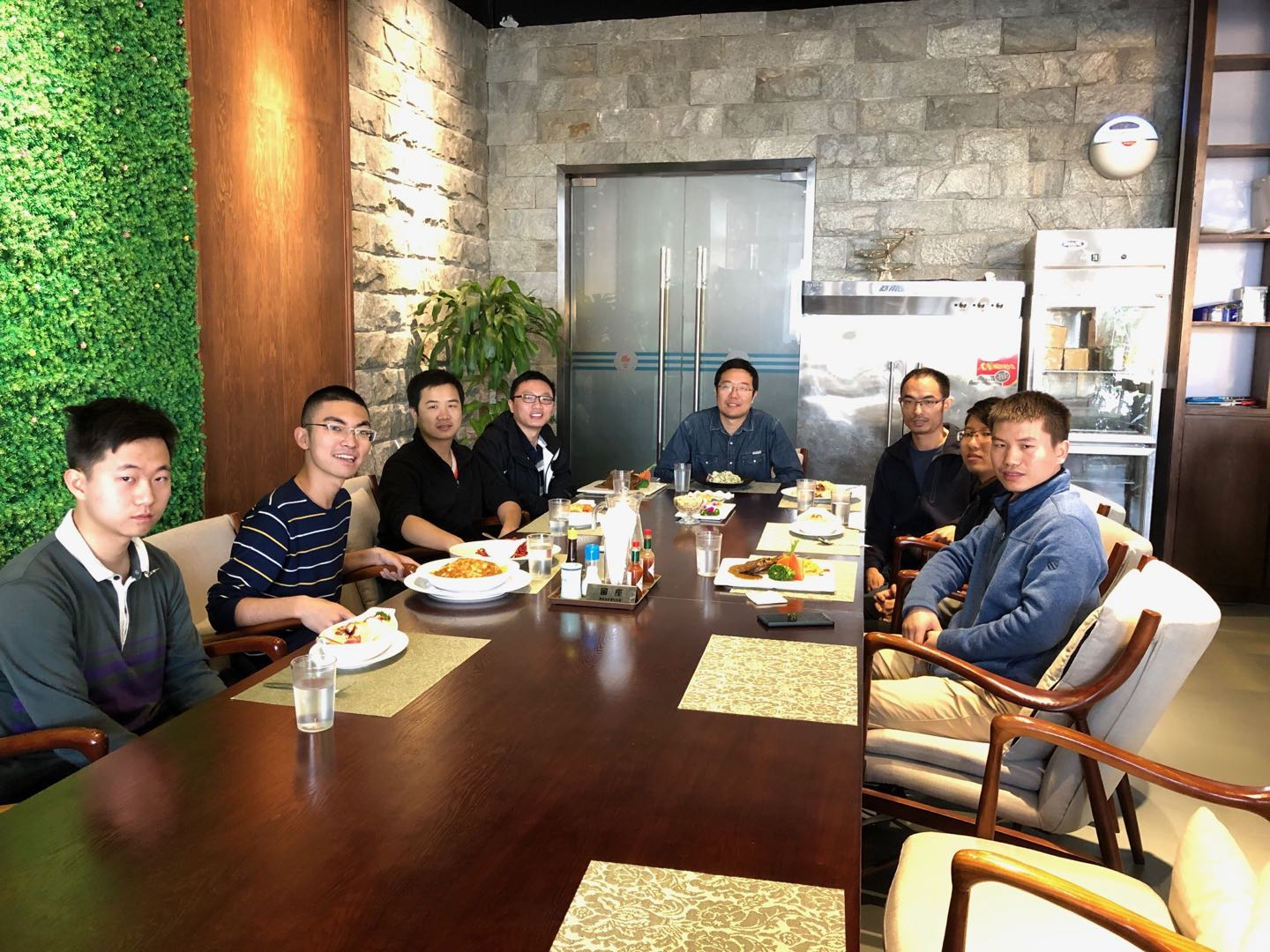Doping is an important way for regulating the physical properties of materials. Due to their complex nature, new quantum materials can produce highly unusual effects after doping. Theoretical predictions of solid doping properties are often challenging because doping introduces disorder effects that disrupt the system and are limited by the power of the computer. There is also a greater need for more precise and reasonable correction methods to deal with a range of other problems. Such efforts are often stuck in conservative circles, with scientists unwilling to break free of their beliefs, and it takes bold strokes to remove the shackles of traditional thinking in presenting a new, innovative approach.
Researchers from the Department of Physics at Southern University of Science and Technology (SUSTech) have published two papers in renowned physics journal Physical Review Letters (PRL) on the doping of quantum materials. Associate Professor Liu Qihang led his research team to write papers on “Electron Doping of Proposed Kagome Quantum Spin Liquid Produces Localized States in the Band Gap,“ and “Antidoping in Insulators and Semiconductors Having Intermediate Bands with Trapped Carriers.” Their research aimed to develop a better understanding of the impact of doping in quantum theory, particularly given the difficulties of modeling the behavior.
The first paper, “Electron Doping of Proposed Kagome Quantum Spin Liquid Produces Localized States in the Band Gap,” examined a long-proposed route to high-temperature superconductivity. Quantum spin liquids are substances where the magnetic direction of each individual electron never lines up, and changes at even the lowest temperatures. For decades, many researchers had used a specific lattice material, but recent research suggested that the lattice was not conducive to electron doping at low temperatures.

Associate Professor Liu Qihang worked with the Institute of Physics of the Chinese Academy of Sciences, Johns Hopkins University and the University of Boulder Colorado to simulate a different doping compound. The team found that the incorporated electrons do not become free carriers, but cause local deformation around a copper atom, which causes a new electronic state. This creates an insulating behavior in a wide range of doped quantum magnets. This would therefore demonstrate that new host materials of quantum spin liquid are needed to realize metallicity (the property of being metal) from a spin liquid.
The second paper, “Antidoping in insulators and semiconductors having intermediate bands with trapped carriers,” is a cutting-edge approach to doping in quantum theory. The traditional theories of doping required researchers to form an impurity level near the edge of the semiconductor electron energy band. At a finite temperature, the energy level easily ionizes and releases free carrying electrons, enhancing system conductivity. Recent studies have found a novel doping effect in certain transition metal oxides, with conductivity decreasing significantly as doping concentration increases.

The research group, collaborating with the University of Boulder Colorado and Universidade Federal do ABC in Brazil, developed a mechanism called “polaron annihilation” for this type of anti-doping behavior. Their research found that materials under the anti-doping effect had a partially-filled energy band with a highly symmetrical structure without considering the hybrid effect, and should be metal. This anti-doping phenomenon is, in principle, independent of the electron-related effects of the system.
This discovery has numerous applications in areas such as fuel cells, photovoltaic devices, all-solid ionic conductors, and even artificial intelligence. The research group explains the mechanism of polaron annihilation and gives conditions satisfied by materials with such properties. As a result, researchers have guidance to find such materials in the future.

Liu Qihang commented that innovation in research means that significant work often challenges people’s intuition. Sometimes the first impression of a peer reviewer may vary from person to person. He cited the work published in Nature Physics in previous years that were praised by editors and reviewers as “the work that can change textbooks.” In contrast, these recent papers encountered more challenges. The reviewers were initially more negative. After the group filed a complaint and requested a new round of review, PRL’s Divisional Associate Editor gave their judgment. He thought that while their conclusion was against “traditional intuition”, it was convincing and worthy of publication.
The group’s work was supported by the Guangdong Innovative and Entrepreneurial Research Team Program, and the SUSTech Research Funding.
Papers:
https://journals.aps.org/prl/abstract/10.1103/PhysRevLett.121.186402
https://journals.aps.org/prl/abstract/10.1103/PhysRevLett.122.106403
Liu Qihang Condensed Matter Computational Physics Group:
Proofread ByXia Yingying
Photo ByDepartment of Physics